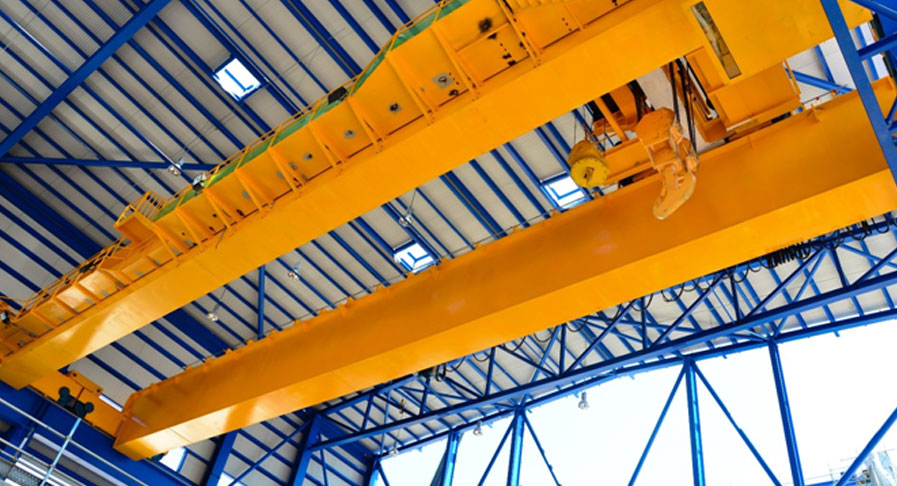
Crane Inspection in Western Australia
• Pre-Operational Inspections – Done daily or before each use. Quick visual and functional checks.
• Frequent Inspections – Usually performed weekly or monthly, depending on usage.
• Periodic Inspections – More in-depth and typically carried out quarterly or annually by a qualified inspector.
• Post-Incident Inspections – Required after any accident or unusual event involving the crane.
Key Components Checked During an Inspection
Here’s what a typical crane inspection involves:
1. Structural Integrity
Inspectors will look for any cracks, corrosion, or deformation in the crane’s:
• Booms and jibs
• Hooks and latches
• Welds and joints
• Load blocks and sheaves
Even minor structural damage can lead to catastrophic failures if not addressed early.
2. Mechanical Systems
A detailed check of the mechanical systems includes:
• Hoisting mechanisms
• Brakes and clutches
• Wire ropes or chains (checking for wear, frays, or bird caging)
• Gearboxes and motors
Lubrication levels and any abnormal noises or vibrations are also reviewed.
3. Hydraulic and Electrical Systems
These systems are critical for crane operation and must be thoroughly inspected:
• Hydraulic lines and cylinders for leaks
• Electrical panels, wiring, and insulation
• Control systems and limit switches
• Battery conditions and charging systems
4. Safety Devices
Modern cranes are equipped with various safety features that must be in perfect working order:
• Load moment indicators (LMIs)
• Anti-two block devices
• Emergency stop buttons
• Horns, lights, and alarms
• Overload protection systems
5. Operator Controls and Cab
The inspector ensures that:
• Control levers and switches respond correctly
• Visibility is clear from the cab
• Seat belts and operator protection systems are functional
• Logbooks and inspection reports are up to date
6. Compliance Checks
All inspections also verify compliance with:
• Local and national safety regulations
• Manufacturer guidelines
• Industry-specific standards& Regulation (like OHSR&Au Standards A2550.10)
Why Inspections Matter
Cranes handle extreme loads and work in tough environments. Inspections:
• Prevent accidents and injuries
• Extend equipment life
• Avoid costly downtime
• Keep you in compliance with safety laws
Final Thoughts
Crane inspections aren't just about ticking boxes—they’re about protecting lives, equipment, and operations. Whether you’re conducting a quick daily check or a full annual audit, every inspection plays a role in building a safer, more efficient worksite.
If you're unsure about your crane inspection schedule or need a certified inspection, it's always best to consult professionals who specialize in crane safety and compliance.

